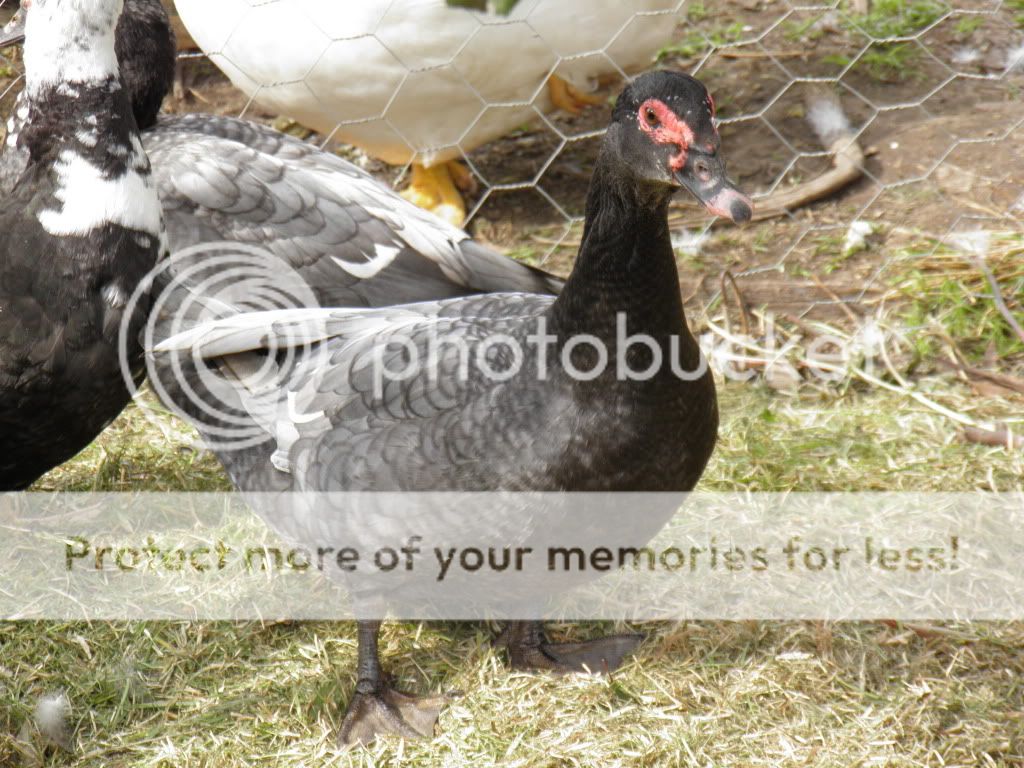- Thread starter
- #41
I think you are right. We are calling colors very differently. The actual names we use to describe colors I think is a large problem in Muscovy conversation. I have been working on a website to show photos of colors and label them with appropriate labels in efforts to have the names and colors understood. Im however missing many photos to complete this project.
Bronze is rare in the US I do think that people think that a faded black, ( black that the sun has faded) or blacks before molt when the feathers fade and die off, are to often called bronze, only to find that when the bird molts, it is a black bird. Just as Chocolate will appear buff before molt.
To call the colors by the right names and have a good eye to see the right colors is very important, and something we ( at least here in the US) are lazy in doing. I think the problem here is the lack of intense interest. people love the ducks, but most unless showing do not get very involved in color genetics as they do with horses and dogs. The show people have few set self colors. There for there are few variations in their clutches, if any. They have black, blue, chocolate, white, etc.. and the beauty of the Muscovy and all its rainbow is lost to the show tables. This is a crime and has those that are truly interested, again, not learning the color identifications of the rainbow.
Bronze is rare in the US I do think that people think that a faded black, ( black that the sun has faded) or blacks before molt when the feathers fade and die off, are to often called bronze, only to find that when the bird molts, it is a black bird. Just as Chocolate will appear buff before molt.
To call the colors by the right names and have a good eye to see the right colors is very important, and something we ( at least here in the US) are lazy in doing. I think the problem here is the lack of intense interest. people love the ducks, but most unless showing do not get very involved in color genetics as they do with horses and dogs. The show people have few set self colors. There for there are few variations in their clutches, if any. They have black, blue, chocolate, white, etc.. and the beauty of the Muscovy and all its rainbow is lost to the show tables. This is a crime and has those that are truly interested, again, not learning the color identifications of the rainbow.






